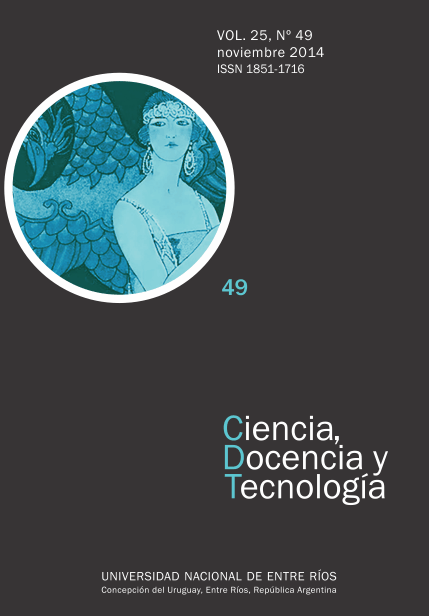Abstract
There is a current interest in anthocyanins owing to the potential benefits both in the health area as an antioxidant and as a natural food colorant in the food industry. Anthocyanins may be extracted from vegetables and fruits, blueberries being a case in point. The influence of the variables of anthocyanin solid-liquid extraction process from blueberries was studied. The best extraction conditions identified were: ethanol acidified with 1% citric acid as extraction solvent, 1:3 kg/kg raw material/ solvent proportion, 36±1 ºC temperature and 2h time extraction time. From characterization of extracts, it was obtained that the total anthocyanin concentration was 879.0±12.9 mg cyanidin-3-glucoside/100 mL, the total phenol content was 1424 ± 67 mg GAE/100 mL and the antioxidant activity was 5730 ± 103 y 4872 ± 124 mg EAA/100 mL, measured by ABTS y DPPH respectively.
The authors retain the copyright and grant the journal the right to be the first publication of the work, as well as licensing it under a Creative Commons Attribution License that allows others to share the work with an acknowledgment of the authorship of the work and publication initial in this magazine. All content is published under the Creative Commons 4.0 international license: Attribution-Non-Commercial-Share Alike.

